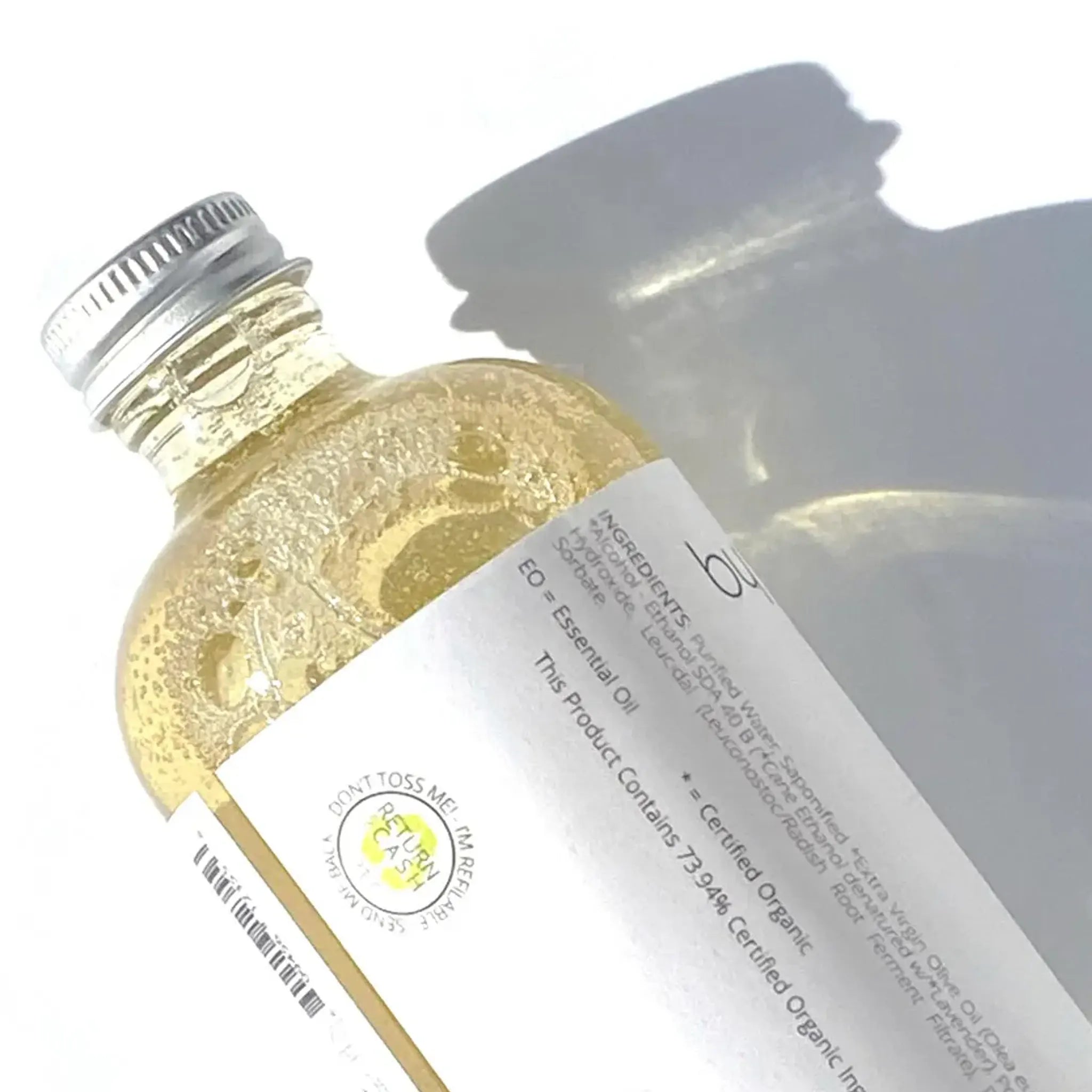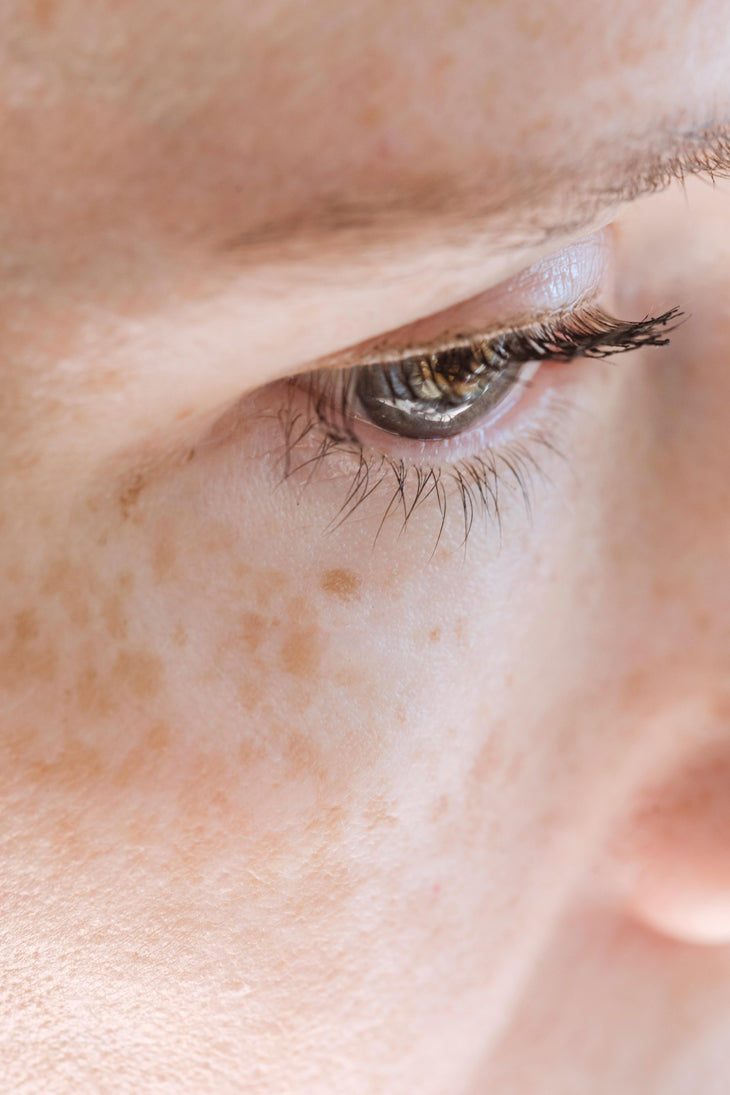The Origin of the Word Serum
The term serum comes from the Latin sērum, meaning “whey,” the watery portion that separates from curdled milk. In classical medicine, it referred to any clear, watery bodily fluid. Over time, the word became strongly associated with the liquid component of blood after clotting (blood serum), used extensively in immunology and medical research.
Serum in Medicine
By the 19th century, “serum” was used in the context of medical treatments — particularly antiserum, a blood-derived product rich in antibodies, used to treat infectious diseases before the advent of antibiotics. The association with potency and concentrated biological activity is likely what influenced the cosmetic industry to borrow the term.
Serum in Cosmetics
The use of “serum” in skincare emerged in the late 20th century, particularly in the 1980s and 1990s, when cosmetic chemists began formulating lightweight, high-concentration products designed to deliver active ingredients more effectively than creams. The marketing adoption of the word was strategic: it conveyed scientific legitimacy and suggested a potent, treatment-like product.
Modern Usage
Today, “serum” in cosmetics has no strict regulatory definition — it generally refers to a product with:
• A lighter, more fluid texture (water- or oil-based).
• Higher concentrations of specific actives.
• A role distinct from moisturizers, focusing on targeted treatment.
In other words, the cosmetic serum borrows the connotation of concentration and efficacy from its medical and scientific roots, while its modern meaning is entirely industry-driven.
The Pioneer Behind the First Skincare Serum
The term “facial elixir” — essentially the precursor to modern serums — was popularized by Dr. Erno Laszlo, a Hungarian biochemist. In 1938, after improving a Hungarian princess’s acne, he created Phormula 3, a concentrated treatment that reportedly minimized a scar on Marilyn Monroe’s abdomen. This formulation is considered the earliest recognized facial serum in the modern cosmetic sense.
Dr. Laszlo’s institute on Fifth Avenue in New York became renowned for serving elite clientele, including Greta Garbo, Audrey Hepburn, and Jacqueline Onassis. His Phormula 3 Serum Concentrate laid the foundation for the skincare serum category.
Commercial Expansion in the 1980s
Though Dr. Laszlo pioneered the serum concept in the early 20th century, serums only became widely available and popular in mainstream retail during the 1980s.
Estée Lauder was among the first major brands to launch a widely recognized serum — the Advanced Night Repair — in 1982.
Serums: Definition and Types of Serums
A facial serum is a concentrated, fast-absorbing topical formulation designed to deliver active ingredients directly to the skin in higher potency than standard creams or lotions.
Serums are typically lighter in texture than creams or lotions and contain a higher percentage of active compounds in smaller molecular sizes. This allows them to penetrate more effectively into the epidermis, where they can influence cellular processes such as hydration, collagen synthesis, or pigment regulation. They are usually water-based, though oil-based serums also exist for lipid-rich delivery of fat-soluble actives like vitamin E, C or retinoids.
Types of Serums
Aqueous-based serums
- Formulated primarily with water and humectants.
- Suitable for water-soluble actives such as niacinamide, hyaluronic acid, and peptides.
- Target hydration, barrier repair, and skin tone regulation.
Oil-based serums
- Formulated with carrier oils or esters.
- Deliver lipid-soluble actives like retinol, coenzyme Q10, and tetrahexyldecyl ascorbate (a stable vitamin C derivative).
- Support antioxidant protection, collagen synthesis, and repair of lipid barrier function.
Emulsion-type serums
A hybrid of water and oil, allowing both hydrophilic and lipophilic actives.
Broader efficacy as they can target multiple pathways simultaneously (e.g., hydration + antioxidant defense).
Common Active Ingredients in Serums
Hyaluronic Acid – A powerful humectant capable of binding up to 1,000 times its weight in water, improving skin hydration and plumpness.
Vitamin C (Ascorbic Acid, Tetrahexyldecyl Ascorbate and derivatives) – A potent antioxidant that helps reduce oxidative stress and improve skin tone by interfering with melanin synthesis.
Retinoids (Retinol, Retinaldehyde, Retinoic Acid) – Vitamin A derivatives that accelerate cell turnover, improve fine lines, and stimulate collagen production.
Niacinamide (Vitamin B3) – Supports skin barrier function, reduces redness, regulates sebum production, and has been shown to reduce hyperpigmentation.
Peptides – Short chains of amino acids that signal the skin to produce collagen and elastin, improving elasticity and firmness.
Alpha Hydroxy Acids (AHAs) & Beta Hydroxy Acids (BHAs) – Exfoliating agents that promote cell renewal, improve texture, and reduce clogged pores.
How Serums Work
Serums are designed with smaller molecular structures and lighter textures compared to moisturizers and lotions, enabling deeper penetration of actives. This makes them particularly effective for targeted concerns such as:
- Hydration and transepidermal water loss control.
- Strengthening of the skin barrier.
- Regulation of melanin activity in hyperpigmentation.
- Neutralization of oxidative stress caused by UV radiation and pollution.
When and How to Use a Serum
Serums are usually applied after cleansing and before moisturizing. Since they are concentrated, only a few drops are necessary. They can be used once or twice daily depending on the formulation and active ingredients. For example, antioxidant serums like vitamin C are best applied in the morning to counteract free radical damage from UV exposure during the day, while retinoids are generally recommended at night due to their photosensitivity.
Who Can Benefit from Serums?
Most skin types can benefit from a well-formulated serum tailored to their concerns:
- Dry or dehydrated skin → Hyaluronic acid, panthenol.
- Hyperpigmentation or uneven tone → Vitamin C, niacinamide, arbutin.
- Fine lines and wrinkles → Retinoids, peptides.
- Acne-prone or oily skin → Niacinamide, salicylic acid.
The choice of serum should always be guided by both the individual’s skin physiology and their primary concerns. Layering too many active ingredients can lead to irritation, so it is important to introduce serums gradually.
Facial serums are not a replacement for moisturizers but a complementary step designed to address specific concerns with targeted actives. When chosen and used appropriately, they can significantly improve skin health and appearance over time.
Application in a Routine
Step 1: Cleanse to remove impurities and prepare skin.
Step 2: Apply toner to rebalance skin pH and enhance penetration.
Step 3: Apply serum to deliver concentrated actives.
Step 4: Seal with moisturizer or facial oil to lock in hydration and active ingredients.
Key Considerations
Layering: Multiple serums can be layered if formulated for compatibility, but caution is needed to avoid irritation.
Concentration: Higher concentration does not always equate to better efficacy; stability and bioavailability are critical.
Skin Type & Concern: Selection should be based on individual needs (e.g., niacinamide for barrier repair, vitamin C for brightening, bakuchiol for smoothing fine lines).
Facial serums are not a luxury but a functional step in modern skincare, designed to deliver precise, science-backed benefits. Their versatility — whether aqueous, oil-based, or emulsion — makes them a central tool for addressing targeted skin concerns while complementing the skin’s natural physiology.




